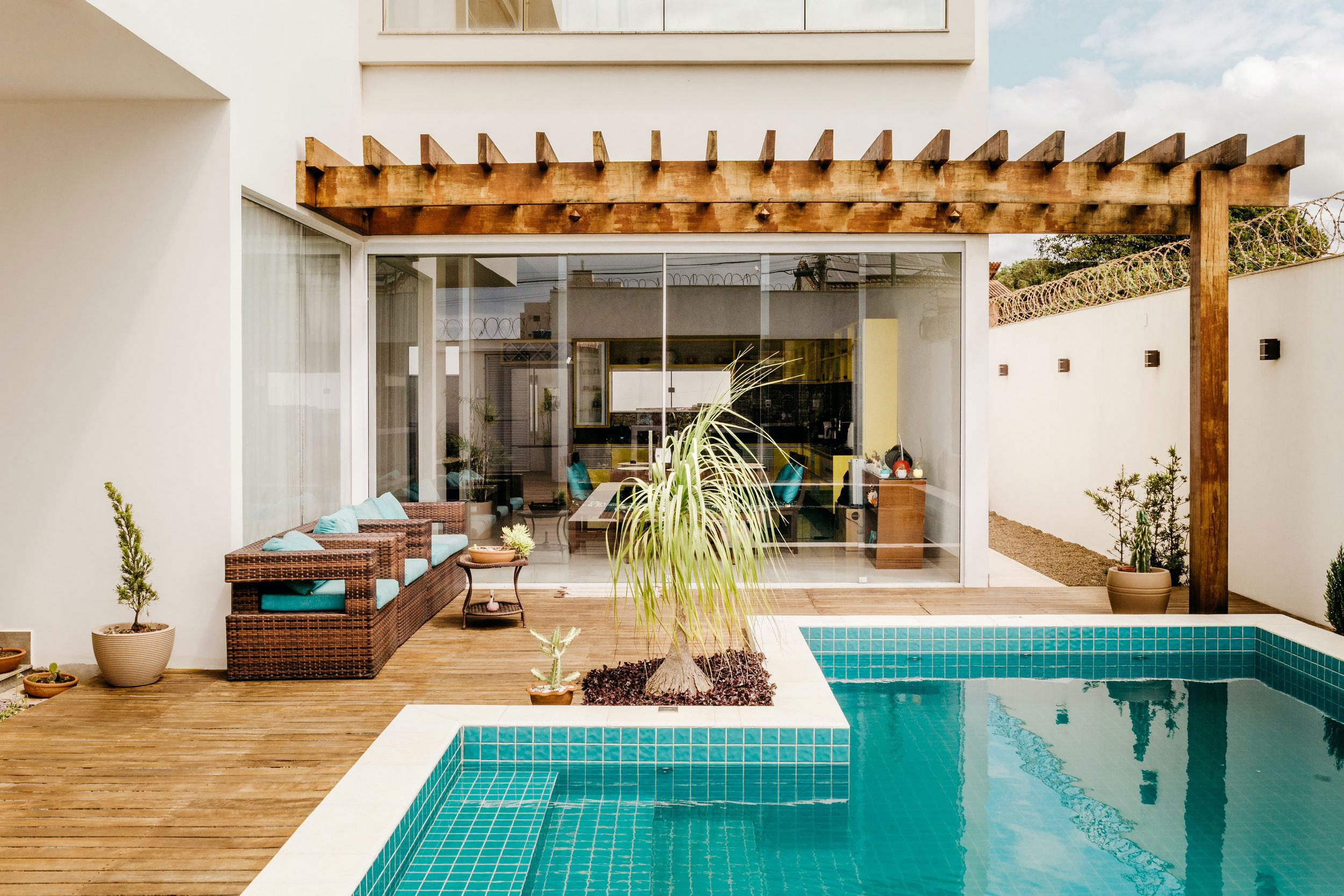The Benefits of Green Spaces in Urban Areas
Learn about the positive impacts of urban gardens on mental health, air quality, and biodiversity in cities, backed by recent studies and expert insights.

In the midst of urban expansion and the concrete jungle, green spaces serve as vital lungs for cities, providing more than just aesthetic enhancements. As urban planners and landscapers, including those at UrbanRootz, increasingly recognize the importance of integrating nature into cityscapes, the multiple benefits of urban green spaces become ever more apparent. These areas are not only crucial for environmental health but also enhance social interaction, physical and mental well-being, and economic stability in urban settings.
Environmental Benefits
Urban green spaces play a critical role in improving city environments. They help mitigate urban heat island effects, where concrete and asphalt absorb and radiate heat, significantly increasing city temperatures. Trees and plants in urban areas lower surface and air temperatures through shading and evapotranspiration. Additionally, these spaces contribute to biodiversity by providing habitats for various species and supporting urban wildlife.Green areas also improve air quality. Plants absorb pollutants and particulate matter, making the air cleaner and healthier. Furthermore, they manage stormwater runoff, reducing the risk of flooding and decreasing the burden on city drainage systems by absorbing rainwater.
Health and Well-being
The health benefits of urban green spaces are profound. Access to parks and gardens has been linked to lower levels of stress and reduced symptoms of depression and anxiety. The calming nature of green environments promotes mental health by offering a tranquil retreat from the hustle and bustle of urban life.Physically, green spaces encourage exercise and play a role in combating obesity. Parks and recreational areas offer opportunities for jogging, walking, cycling, and organized sports—all of which are essential for maintaining physical health. Studies have shown that people with access to green spaces engage in higher levels of physical activity, contributing to better overall health.
Social Benefits
Green spaces also foster stronger communities. Parks and gardens are gathering places that encourage social interaction and facilitate community engagement. They serve as venues for events and activities that bring people together, enhancing social cohesion and community resilience.For families, especially those with children, urban parks provide essential spaces for play and relaxation. They offer safe environments where children can play, and adults can socialize, fostering a sense of community belonging and support.
Economic Advantages
The presence of well-maintained green spaces can increase property values in urban areas. Properties near parks and recreational areas often have higher real estate values, benefiting homeowners and city tax revenues alike. Additionally, vibrant green spaces attract tourists and visitors, contributing to local economies through increased spending in local businesses.Moreover, green spaces can reduce healthcare costs by improving public health. Healthier citizens are less reliant on medical services, decreasing the economic burden on healthcare systems.
The UrbanRootz Approach
At UrbanRootz, we understand the transformative impact of green spaces on urban areas. We are committed to designing and maintaining urban gardens that not only beautify the city but also provide all these benefits to urban dwellers. By creating sustainable, functional, and beautiful urban landscapes, we contribute to the well-being of city residents and the health of our urban environments.Green spaces are essential components of urban life. They are not just patches of greenery but integral elements that enhance the quality of urban living, proving that even in the busiest cities, nature has a crucial role to play.